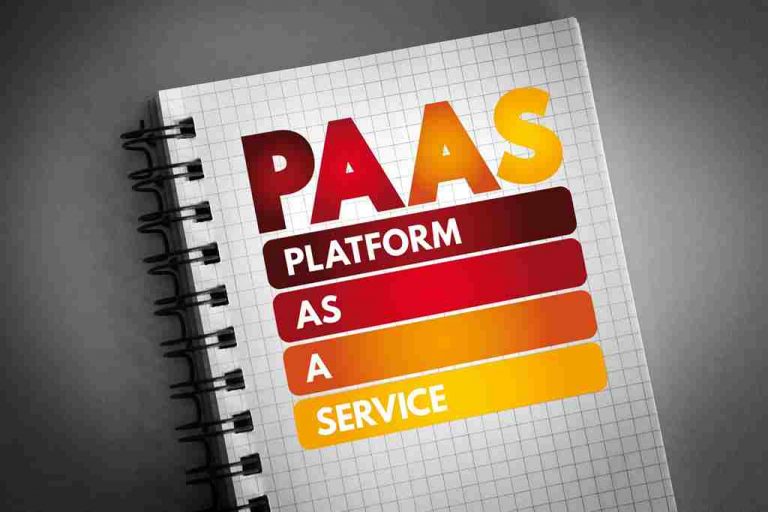27 apr Scrum vs Kanban vs Scrumban: which should you choose?
The visual workflow you get from Kanban boards can streamline your team’s processes, as each team member will have a clear view of their responsibilities and who they should report to. And, much like Scrum, it breaks projects down into smaller chunks What is an Embedded System or stages. That makes it an excellent choice for complex projects that can feel intimidating at first. By breaking a project down into achievable sprints, you can make it feel less overwhelming and make significant progress in a short space of time.

The scrum team uses velocity as an indicator of how much they are delivering the items in the product backlog at each sprint, based on the effort required. The exception would be when interdependent tasks are both assigned to the same sprint. If task B cannot start until task A is completed, then task A may be given an early enough due date to ensure both get done in time for delivery.
Running your first sprint planning meeting
Once the planning trigger activates, the team sits down and plans work items for the next iteration. Team velocity is used to determine how many tasks the team will be able to complete during an iteration. Before settling on the project management methodology, you must first determine what you want to accomplish. For example, if your task at hand is time-sensitive, Scrum might come in handy. And if you prefer to focus is on the process, Kanban is a better choice. Kanban and Scrum are both project frameworks built to help teams embrace the Agile methodology, values, and principles.
- When the end of an iteration approaches, the whole team can pitch in to finish up the planned work.
- Teams strive to understand how much they can accomplish within their sprint time boundaries.
- Just-in-time analysis is inherited from kanban, which creates shorter lead times, instead of batch-processing for iteration planning estimates, which is used in scrum.
- Sprints refer to a fixed box of time during which Scrum teams aim to finish an end product of the highest possible quality.
- However, it reduces the control the project manager has in Scrum and as in Kanban it’s hard to track individual team member effort, and outdated Scrumban board can cause issues.
- Which methodology you choose ultimately depends on the type of project and how your team works.
It is crucial to note that Scrum users do not use this method with real-time adaptability in mind. Whatever the starting goal is for the sprint, that’s what team members deliver at the end, all without sacrificing quality. Once the Scrum team analyzes related data and the Product Owner or customers share their feedback, that information gets used in planning future sprints. While Kanban teams emphasize a continuous flow, Scrum teams are far more focused on the concept of empiricism.
Sprints
Both will care about customer satisfaction, defect rates, and the like, but other metrics are distinctive for each method. Rolling out Scrum requires significant organizational changes and likely the creation of new roles, which might even require hiring new people with relevant expertise. You need Scrum Masters and Product Owners for every development team, and an Agile Coach might be required to help stand things up and implement this new paradigm. The main idea of Kanban is to establish maximum items for each stage. That way, you make sure that your team isn’t multitasking too much.
Since every team-member chooses their tasks themselves, having an outdated board can cause trouble. For example, two members can start working on the same task or stay blocked because of a dependant task because the information on the board is not updated. The concept of Scrum is that planned tasks in each Sprint (iteration) are sacred and the addition of new items is forbidden. However, in reality, emergencies happen – for example a critical bug arise or a sudden client’s demand change. This adds extra unplanned work to the Sprint resulting in missed deadlines and frustration.
Sign up for our free project management resources.
Scrum Masters are chiefly concerned with team management and ensuring the Scrum is progressing successfully. Product Owners must also maintain stakeholder expectations, often communicating with them throughout the project process and updating the team regarding feedback and any necessary future changes. With the SDM and SRM roles, it’s entirely possible to appoint specific team members to these positions. However, it’s also possible to coordinate the entire team so everyone takes on at least one aspect of anticipated SDM and SRM responsibilities. If one were looking for a Scrum equivalent, the Service Delivery Manager would be closest to a Scrum Master, while the Service Request Manager could be compared to a Product Owner. With that said, you could experiment with the frameworks before committing.
Board Tasks are visualized on a board that gives a clear overview of the Work In Progress and the actual capacity of the team. On a Kanban board, we will usually see ‘To-Do’, ‘In-Progress,’ and ‘Done’ sections. In Scrumban we can add additional columns like ‘Dev,’ ‘Ready to Test,’ and ‘Test’ to highlight more phases in the development process.
Scrumban: The best of two Agile methodologies
Are you looking for software development teams that know how to pick the right methodology and deliver results within the set timeframe? We have an excellent track record and know-how to tell which methodology will serve your project best. In Scrumban, all teamwork is organized in iterations and monitored using a visual board. The on-demand planning meetings happen when the team needs to identify which user stories and tasks are to be completed within the next iteration.

Thanks to Scrum, managing them is easier because clients can see how each sprint reflects a certain part of the system and can verify the requirements on an ongoing basis. It doesn’t prescribe roles or impose time restrictions for work in progress. It just helps to get work done on the basis of real-time communication. Kanban is a simple method developed in the late 1940s by an engineer at Toyota. Today you can see it used on a much larger scale – from production through software development to education. Remember that Agile is an approach – a way of thinking, attitude, and mode of reacting to changes.
Turn your to-do list into a backlog
That’s why I make it a point to try to find the most appropriate project management tactic for a job before I get to work. Both Kanban and Scrum are considered to be Agile in nature; it’s just that the priorities in each methodology and approach to completing tasks differ significantly. Knowing which method works best for you is as simple as understanding which one better aligns with your organization’s philosophy and preferred approach to completing complex projects. Though both are Agile, Kanban and Scrum methodologies strongly disagree on how to handle change. Scrum users take the need to make changes into consideration, but only at the end of a process.

Scrumban is a project management methodology that brings Scrum and Kanban together to form a flexible hybrid. It was developed to help Scrum teams in transitioning into Kanban and exploring other than methodologies. In Scrum, a sprint is planned prior to its start, the team executes its work, and the sprint ends with product delivery and review. Any customer feedback, issues, bugs, or requested changes are then added to the overall product backlog and worked into future sprints based on priority. For some development teams, the rigid structure of the Scrum platform can actually hinder the team’s workflow.
Scrum vs Kanban vs Scrumban Comparison Table
This DevOps Institute report explores current upskilling trends, best practices, and business impact as organizations around the world make upskilling a top priority. Kanban originates decades earlier, when Japanese shop owners used sign boards in crowded streets to advertise their wares and differentiate them from competitors. The name Kanban comes from two Japanese names, Kan meaning ‘sign’ and Ban meaning a ‘board’. Each deliverable is then written down on a Post-It and placed under the proper status. As the deliverable moves through the stages, the Post-It moves on the project status whiteboard. When choosing between Kanban or Scrum, the individual distinction doesn’t always have to be made because Kanban and Scrum can go hand-in-hand.
Scrum vs. Agile
A backlog is a list that prioritizes all the features that make up a product or project. It also includes things like bug fixes (in software development) and feature changes. With Scrum, you select the work you’ll be doing for the next sprint, then work up until the end of the sprint — by which time, your workflow should be empty. The work keeps flowing, and you can change items in the queue as needed. There’s no shortage of processes, frameworks, and philosophies when it comes to project management, but they ultimately fall into one…
Or sign up for a free two-week trial of Wrike project management software and discover how our Kanban and Scrum templates can help you use whichever framework you desire. If there are no more cards on the board, team members will pull cards from the product backlog. Ideally, the team reviews the cards on the board every week and adds cards from the product backlog based on that sprint’s goal. Scrum and Kanban are two popular Agile methodologies, however they have some differences.

